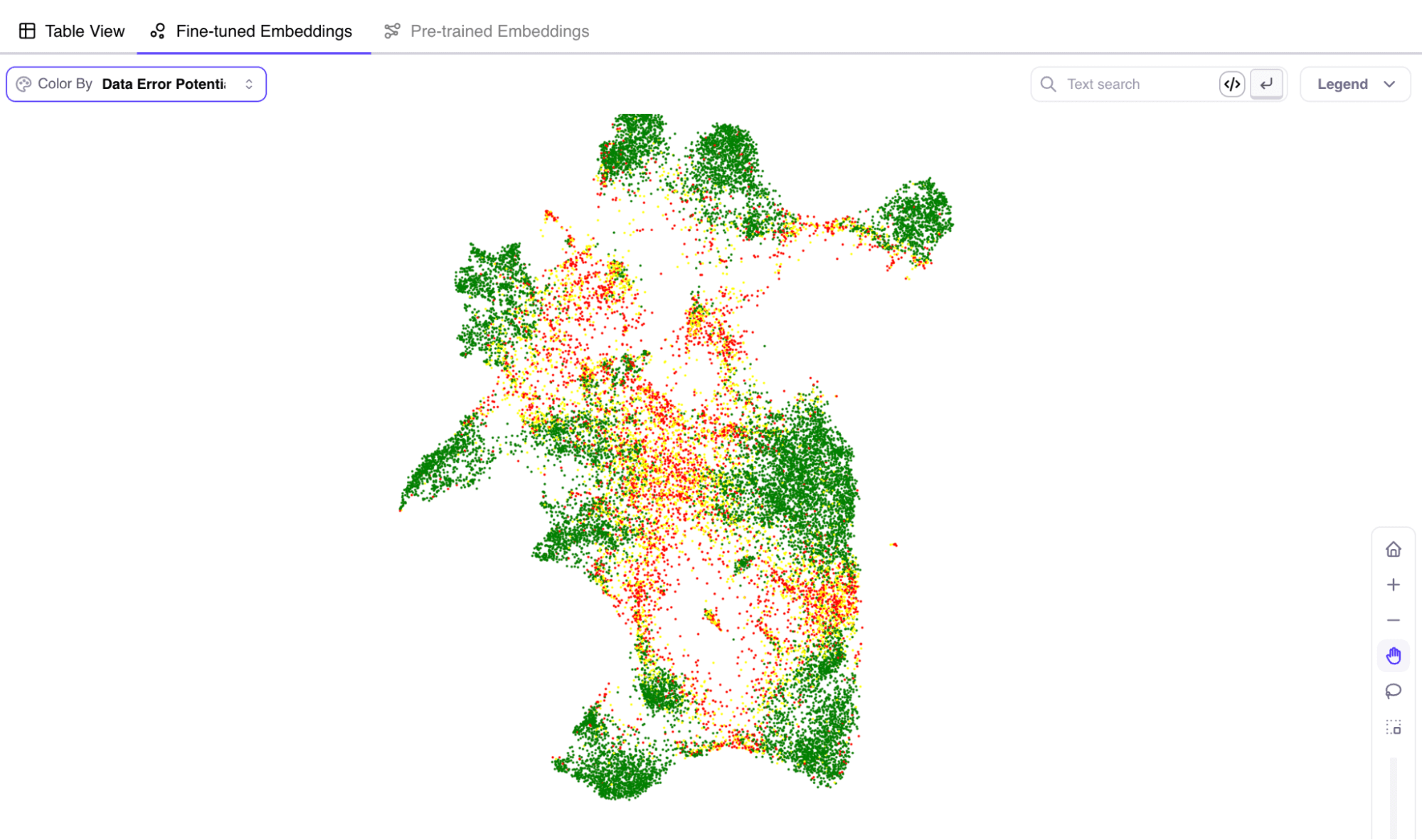In the complex world of data science where unstructured data presents a huge problem, vector embeddings emerge as the unsung heroes, transforming chaos into order. The numerical arrays, also known as multi-dimensional numbers are able to discover connections and relationships between seemingly complicated data objects.
Imagine a world where unstructured, raw data can be interpreted easily, whether in the form of text, images, audios, or videos. This is exactly what vector embeddings can accomplish. These vectors, in their essence, function as a bridge between the inherent complexities of unstructured data and the processing power of machine-learning algorithms.

Vector embeddings can be compared to the magicians who create magic by converting intricate and large datasets in an easily-readable format. This transformative process provides the basis for easy analysis and processing by machine learning algorithms, unleashing the true potential of unstructured data.
Vector embeddings are a powerful tool that can provide order to seemingly chaotic data. Through the presentation of information numerically and in multi-dimensional grids, they are able to create a linguistic system that is understood by machines. This language allows them to go beyond the complexity of raw data and opens the door for insight.
The variety of vector embeddings makes them an attractive option. The numerical representations are modified to meet the requirements of any application, including text nuances, rich images, complex audios and dynamic video. In the world of text vector embeddings are the language of machines, decoding the nuances of language and revealing connections within written content.
Even visual data is susceptible to embedding vectors. Images, which are often packed with layers of visual information, become more than just pixels on a screen. Vector embeddings allow for machines to see the fine details of an image. This allows for advanced pattern recognition and analysis of images.
In the realm of audio, the vector embeddings embark on sonic adventure, transforming the complexity of sound into mathematical representations. These numbers are a representation of the subtleties of rhythm, pitch, and tone. This lets machine learning algorithms to understand complex patterns within audio data.
The primary function is to allow you to effortlessly integrate data that is not structured with machine learning. The real power of a vector embedding lies in the transformation from raw, unstructured state to a format that can be easily understood by algorithms.
This transformation journey is more than just converting data. It transforms the unnoticed into the seen and the confusing into understandable. Through their mathematical magic and emojis, the vector embeddings can make the un-seeable visible. Machines can then utilize this technique to study data that is not structured in depth.
Vector embeddings play an increasingly important function as we move into the age of machine learning and AI. Not only are they numerical arrays but they also serve as conduits for information in a world that is filled with chaotic, unstructured information. Vector embeddings weave a cohesive narrative within the tapestry of data science. They enable machines to understand the language of unstructured information and empower organizations to maximize the potential of this information.
The conclusion is that vector embeddings function as beacons of clarity in the vast sea of unstructured data. These are the guiding light that transforms complexity into simplicity and chaos into order. Vector embeddings are at the forefront in our quest to unravel the mysteries surrounding data. They can unlock content that is not structured and help us create an environment where computers can effortlessly navigate and understand the data.